A healthy diet has a perfect balance of vitamins and minerals. Among all vitamins, vitamin B is most neglected or deficient. There are eight B vitamins known as B complex vitamins. They are B1-thiamine, B2- riboflavin, B3- niacin, B5- pantothenic acid, B6- pyridoxine, B7- biotin, B9- folate, and B12- cobalamin. Although every one of these vitamins has unique functions, they help your body produce energy and create important molecules in your cells.
Other than B12, your body won’t be able to store these vitamins for long periods, so you will have to replenish them regularly through food. Plenty of foods provide B vitamins, but for a vitamin to be considered rich, the food needs to contain at least 20% of the RDI per serving. Alternatively, a food that has 10–19% of the RDI is considered a great source. Here are few foods rich in vitamin B for good health.
1. Eggs

A single large egg contains 33% of the RDI for biotin distributed between the white and the yolk. In fact, eggs are one of the best sources of biotin. Eggs also contain little amounts of other B vitamins. A large (50-gram) cooked egg contains; Riboflavin (B2)- 15% of the RDI, Pantothenic acid (B5) – 7% of the RDI, Biotin (B7) – 33% of the RDI, Folate (B9) – 5% of the RDI, Cobalamin (B12) – 9% of the RDI. Raw egg white contains avidin, a protein responsible for binding with biotin, preventing its absorption in your gut if you eat a lot of raw egg whites regularly. Cooking eggs inactivates avidin and decreases food safety risks. So, if you love your egga masala or bhurji served warm from a casserole, then go for it! If you don’t consume eggs, meat, or other animal products, you can fulfil your biotin needs by eating foods like vegetables, fruits, nuts, seeds, and whole grains, which contain small amounts of biotin.
2. Sunflower Seeds
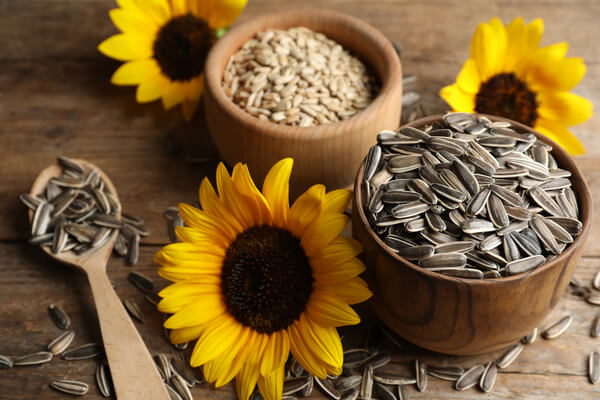
Sunflower seeds come under the top plant sources of pantothenic acid. This B vitamin’s name is derived from the Greek word “pantos,” which means “everywhere,” because it is found in a lot of plant and animal foods, but usually only in small amounts. Just 28 grams of sunflower seeds packs at least 20% of the RDI for pantothenic acid. Sunflower seeds are also an excellent source of niacin, folate, and B6. Sunflower seed butter is an excellent source of pantothenic acid too.
3. Leafy Greens
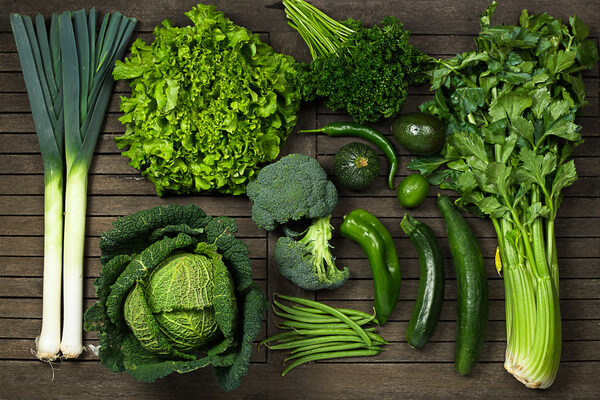
A lot of leafy greens are favored choices for their folate (B9) content. Green leafy veggies have a tremendous amount of nutrient content, and the following leafy greens are among the highest vegetable sources of folate: Raw spinach contains 41% of the RDI in 3 cups, cooked spinach contains 31% of the RDI in a 1/2 cup, cooked collard greens contain 20% of the RDI in a 1/2 cup, cooked turnip greens contain 25% of the RDI in a 1/2 cup, and raw romaine lettuce contains 29% of the RDI in 2 cups. Please note that some folate is destroyed through heat during cooking, and some might transfer to the cooking water as well. To reduce folate loss during cooking, steam the green leafy veggies until they are partially between tender and crisp.
4. Salmon

This all-around nutritious fish is high in various B vitamins. A 100 gram cooked serving of salmon contains thiamine (B1) – 18% of the RDI, riboflavin (B2) – 29% of the RDI, niacin (B3) – 50% of the RDI, pantothenic acid (B5) – 19% of the RDI, pyridoxine (B6) – 47% of the RDI, and cobalamin (B12) – 51% of the RDI. Additionally, salmon is also a low-mercury fish high in beneficial omega-3 fats and selenium, and protein.
5. Liver and Other Organ Meats
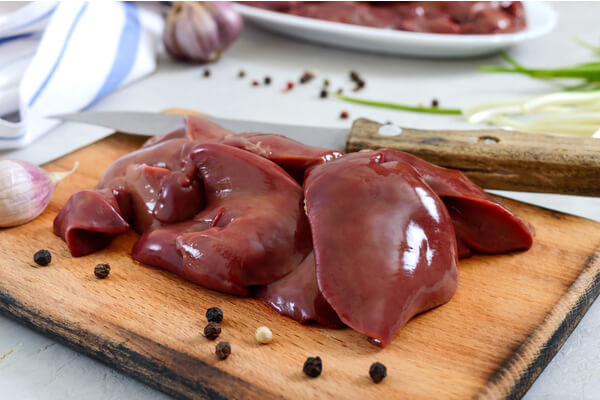
Although organ meats are not very popular, organ meats like liver are packed with B vitamins. This is true whether they are from chicken, lamb, beef, or pork. For example, a 100-gram serving of beef liver contains Thiamine (B1) – 12% of the RDI, Riboflavin (B2) – 201% of the RDI, Niacin (B3) – 87% of the RDI, Pantothenic acid (B5) – 69% of the RDI, Pyridoxine (B6) – 51% of the RDI, Biotin (B7) – 138% of the RDI, Folate (B9) – 65% of the RDI, Cobalamin (B12) – 1,386% of the RDI. If you don’t take a lot of liking to liver’s strong flavor, try them ground and mixed with the usual cuts of ground meat, or you can also add them to highly seasoned foods, like curries.
6. Milk

A 240 m of milk provides 26% of the RDI for riboflavin, as well as smaller amounts of other B vitamins like thiamine (B1) – 7% of the RDI, riboflavin (B2) – 26% of the RDI, pantothenic acid (B5) – 9% of the RDI, cobalamin (B12) – 18% of the RDI. Unsurprisingly, studies show that milk and other dairy products are generally people’s favored source of riboflavin, followed by meat and grains. Like other animal products, milk is a good source of B12, supplying 18% of the RDI per 1-cup serving. You absorb B12 best from milk and various dairy products, with absorption rates ranging from 51–79%.
7. Legumes
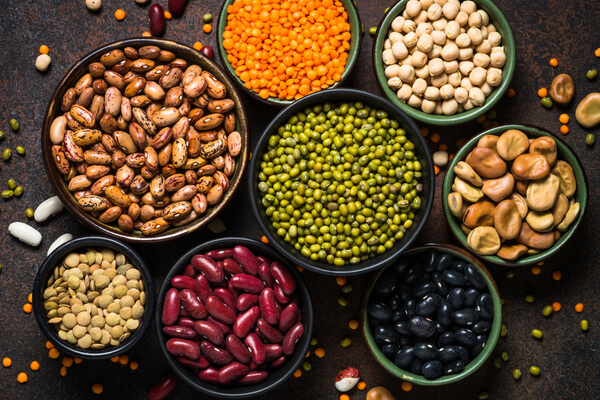
Legumes are known for their high folate content. They also contain small amounts of other B vitamins, including thiamine, riboflavin, pantothenic acid, niacin, and B6. Here is the folate content of an 85-gram cooked serving of some commonly consumed legumes: Black beans – 32% of the RDI, Chickpeas garbanzo beans) – 35% of the RDI, Edamame (green soybeans) – 60% of the RDI, green peas – 12% of the RDI, kidney beans – 29% of the RDI, lentils – 45% of the RDI, pinto beans – 37% of the RDI, and roasted soy nuts – 44% of the RDI. Folate or folic acid is important for decreasing the risk of certain birth defects. The RDI percentages mentioned above are based on an RDI of 400 mcg, but pregnant women require 600 mcg daily.
Conclusion
Incorporating adequate amounts of these 8 B complex vitamins in your diet is your way to a healthy diet. These foods should be your top choices for meeting your RDI of vitamin B daily. You can find out fun recipes to include these foods in your meals. To understand your vitamin B levels, you can get a test done and work on it accordingly.

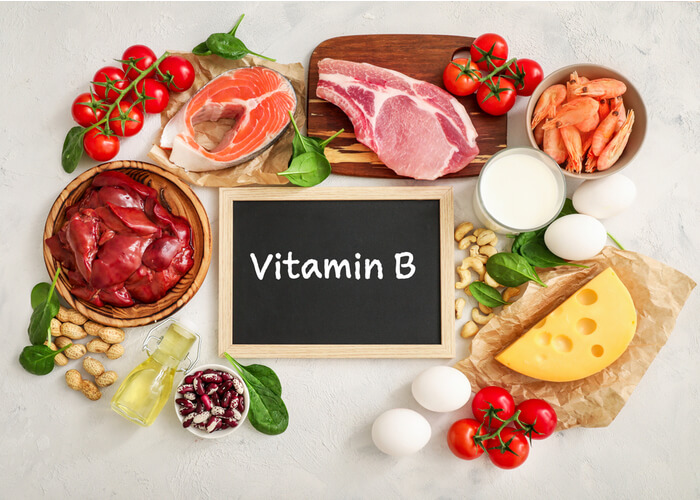
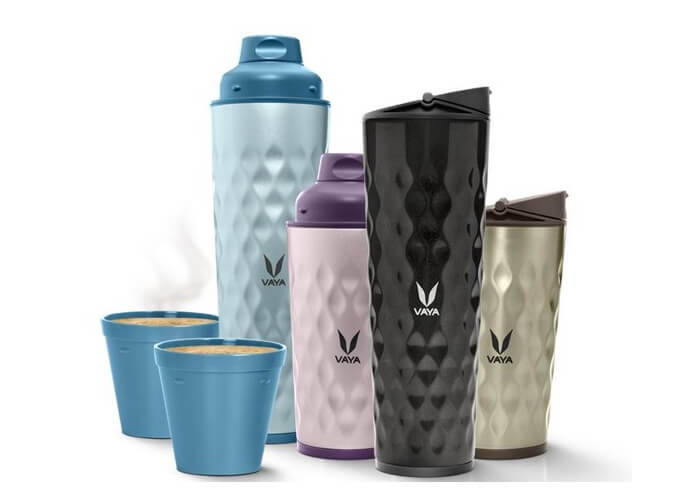
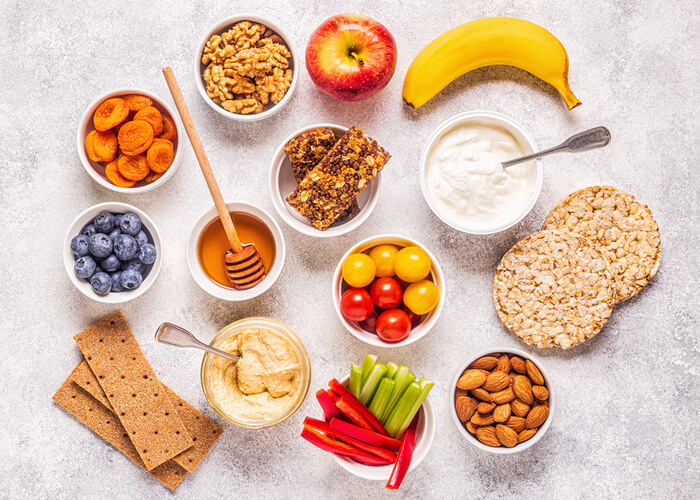
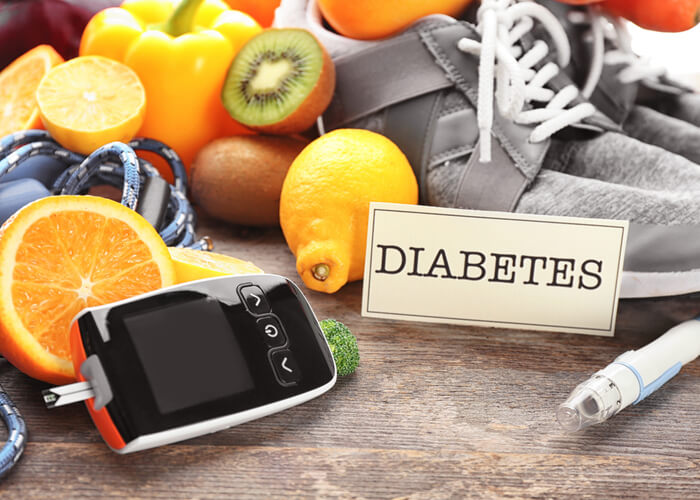



Recent Comments